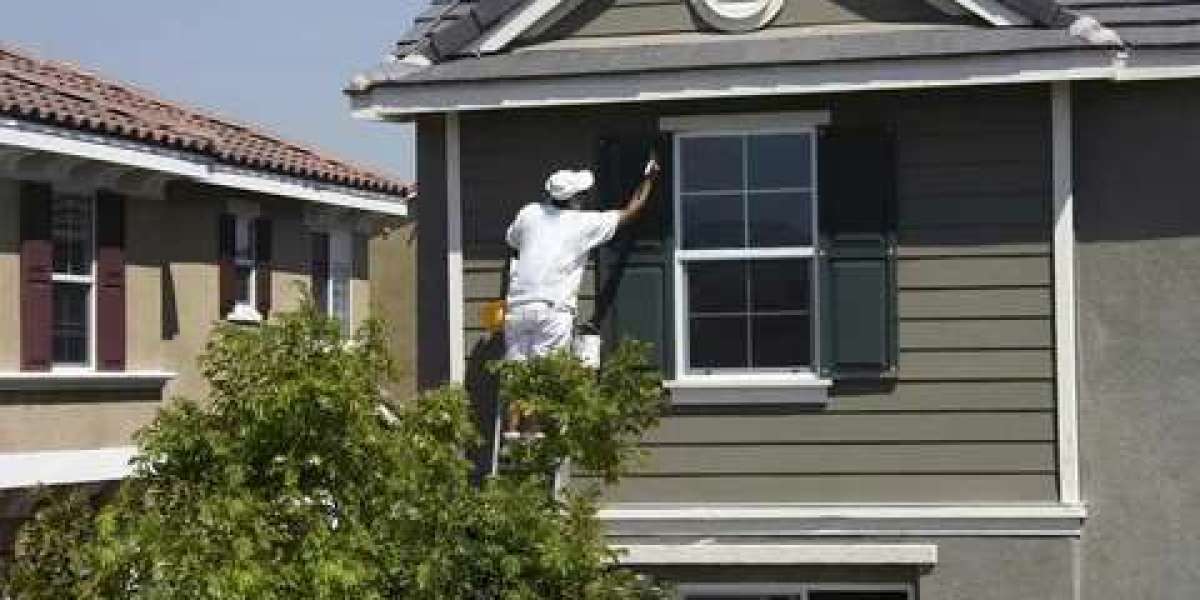Painting your home’s exterior is a significant investment that enhances curb appeal, protects against weather damage, and increases property value. However, timing is everything—choosing the right season ensures better adhesion, durability, and a smoother finish. In this guide, we’ll explore the best time of year to paint your home’s exterior, factors to consider, and why professional services like affordable exterior painting service can be crucial. We’ll also briefly touch on how interior house painting can be scheduled differently for optimal results.
Why Timing Matters for Exterior Painting
Exterior paint requires specific temperature and humidity conditions to dry and cure properly. Painting at the wrong time can lead to:
- Poor adhesion and peeling
- Blistering or bubbling
- Uneven finish and brush marks
- Longer drying times
Choosing the right season ensures longevity and a professional-looking result.
The Best Seasons for Exterior Painting
1. Spring (Late April to Early June)
Spring is one of the best times for exterior painting due to mild temperatures and moderate humidity.
Pros:
- Ideal temperatures (50°F–85°F)
- Low humidity prevents slow drying
- Less rain in many regions
Cons:
- Pollen can stick to wet paint
- Unpredictable weather in early spring
Tip: Avoid painting too early if overnight temperatures drop below 50°F.
2. Fall (September to October)
Fall is another excellent season for exterior painting, offering stable weather conditions.
Pros:
- Cool but not cold temperatures
- Lower humidity than summer
- Less rain in many areas
Cons:
- Shorter daylight hours mean fewer working hours
- Early frost in colder regions can affect curing
Tip: Schedule painting early in fall to avoid sudden cold snaps.
3. Summer (With Caution)
Summer can work in some climates but poses challenges in extreme heat.
Pros:
- Long daylight hours for extended work time
- Dry weather in many regions
Cons:
- High heat can cause paint to dry too quickly, leading to cracks
- High humidity in some areas affects drying
Tip: Paint early in the morning or late afternoon to avoid peak heat.
4. Winter (Not Recommended)
Winter is generally the worst time for exterior painting due to cold and moisture.
When to Consider It:
- Only in mild climates with no freezing temps
- Using specialized cold-weather paint
Risks:
- Paint may not adhere or cure properly
- Moisture from rain or snow can ruin the finish
Alternative: Focus on interior house painting during winter months.
When to Consider an Emergency Exterior Painting Service
Sometimes, waiting for the ideal season isn’t an option. Situations that may require an emergency exterior painting service include:
- Severe weather damage (storms, hail)
- Peeling or flaking paint leading to wood rot
- Sudden mold or mildew growth
- Preparing a home for sale quickly
Professionals can use fast-drying primers and paints to ensure durability even in less-than-ideal conditions.
How Interior House Painting Differs in Timing
Unlike exterior painting, interior house painting can be done year-round with fewer weather restrictions. However, optimal conditions include:
- Low humidity to prevent bubbling
- Moderate temperatures (60°F–75°F)
- Good ventilation for fumes
Winter is a great time for interior house painting since outdoor projects are limited.
FAQs
1. Can I paint my exterior in the rain?
No, rain can wash away fresh paint and cause adhesion issues. Always check the forecast and allow at least 24–48 hours of dry weather after painting.
2. How long does exterior paint last?
High-quality paint lasts 7–10 years, but harsh weather or poor application can shorten its lifespan.
3. When should I call an emergency exterior painting service?
If your home has severe peeling, wood rot, or storm damage, immediate repainting may be necessary to prevent further structural issues.



